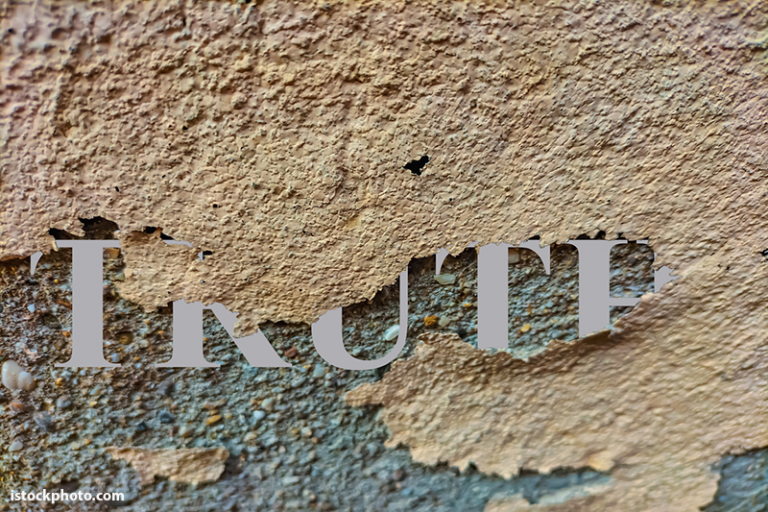Third in a Series on Research
J.E. Lawrence, in The Nebraska State Journal in 1949 regarding pioneer life and character, wrote: “New land is harsh, and vigorous, and sturdy. It scorns evidence of weakness. There is nothing of sham or hypocrisy in it. It is what it is, without apology.”
So too should be the case with research and scholarship at any institution that calls itself a university. It is the cause of all else when configured appropriately.
________________________________________________________________
$1.28 billion is a pile of dough. For the third year in a row, the University of Michigan leads public universities in research spending, with this year’s total being $1.28 billion: Big time, big dollar, big science and big scholarship in a neat package.
These numbers scare off those unfamiliar with academic excellence and the nature of faculty and student enterprise. Some universities give up before the first pitch is thrown. They believe there is no way to compete in this ball game.
Too bad: It is an unfounded postulation.
At many smaller universities, in student headcount or research productivity, a modest posting of research expenditures still yields powerful results for students and faculty. The impact of the scholarly enterprise is not predicated solely on raw quantity, or the multiplied funding that accompanies it. Although, if you play the odds, the chances of producing good work go up if you produce more work. It is the law of large numbers in university research.
But things are not always what they seem, and the game is made up of layered perceptions and results.
Babe Ruth posts on every list in baseball: a good fielder, the power hitter of all time, a .342 lifetime batting average and, early on, a pretty good pitcher.
A star by any definition.
Al Simmons was a very good player, but you will likely not find him on too many top ten lists. “Bucketfoot Al” — awkward batting stance — was a lifetime .334 hitter; consistency and determination produced a powerful workmanlike performance, but out of sight to all but the most ardent fans. Eight runs at Cooperstown before he made the cut.
Like many State U’s he did an excellent job, day-in and day-out.
Riggs Stephenson, who played most of his career with the Chicago Cubs — maybe why you haven’t heard of him –, was remarkable. His lifetime batting average of .336 is excellent, but unfortunately for poor Riggs, I could handle a ground ball better than he. Not a corner in Cooperstown for him.
Contributions come in all shapes and sizes.
A plaguing assumption by inexperienced university leadership is that in order for research to flourish, faculty sacrifices a commitment to “the wholeness” of the university experience: teaching and scholarship. Twofish-quant, a blog responder on Physics Forums said, “One thing that I liked about MIT was that, yes professors were very busy, but teaching undergraduates was still a high priority, so the professors put a high priority on getting that right.” That can happen at State U down the street too if the university values excellence, knows that scholarship drives it, and that faculty and students produce it.
The Chronicle of Higher Education, in a 2007 analysis, looked at faculty productivity in universities with fewer than 15 PhD programs. Places like DePaul, Bryn Mawr, Clarkson, and William and Mary were all in the top 10. None of these institutions are seen as big time, big dollar research endeavors. Yet, because of the academic and scholarly culture, research and discovery by faculty with student participation, reputations for excellence grow. Excellence is marketing that needn’t be hyped and can’t be contained.
Susan Connor, Provost of Albion College, also in Michigan, reported an annual R&D budget of $630,000. Modest, a little dab. Albion serves 1700 undergraduate students. She suggested the faculty’s passion for research and scholarship was what drove excellence, according to the Journal of Science 2010, Big Thinking at Small Universities.
When a research and scholarly culture is present, it goes to the deep roots of the institution, like “Bucketfoot’s” heart for the game. The culture can be present, even when the tally looks like the “widow’s mite” by comparison. Principles of discovery create educational probability.
Will Herberg, a Jewish theologian, once claimed societies that give up their ethical roots in the Judeo-Christian ethic and work towards the appearances of that ethical foundation are “cut flower cultures.” “Cut flowers retain their original beauty and fragrance, but only so long as they retain the vitality that they have drawn from their now-severed roots; after that is exhausted, they wither and die.”
Scholarship is the root of the university experience for all and it must flourish in one form or another.
“It is what it is, without apology.”








In reading this column in recent months, I’ve really missed your leadership–for the first time. I hope others are giving you due appreciation, however belated.
A university leader needs to combine vision and practicality as described here. Balancing the parts of the university mission is hard and contentious, but when done even modestly well it transforms students’ lives. I was the beneficiary of a an undergraduate education at a university that did a pretty good job of integrating a vigorous scholarly life with teaching excellence. That experience is one of the reasons why I pursued a career as an academic. The point of emphasizing “pretty good” is to say that even a university with modest means and programs and imperfect execution can thrive and inspire with the proper culture and dedication. The intellectual life that comes from a strong research culture isn’t only for Harvard and MIT.
I’m saddened that my students don’t really experience the same. We try, but it’s a steep uphill battle because our current leaders are focused solely on bookkeeping and balance sheets.
Good to read the above response. Yes, both go together. I try to be both productive and effective as a teacher. When applying for promotion I was initially turned down by my College committee on the grounds that I was a “research machine” – their language, not mine! The verdict was reversed by an interim Dean. So the moral of this story is that not all administrators are bad and even those who experience a “reversal of fortune” need not end up embittered but look at the wider picture, contribute to it from a broad perspective, and articulate the values of a real university no matter what its size is.